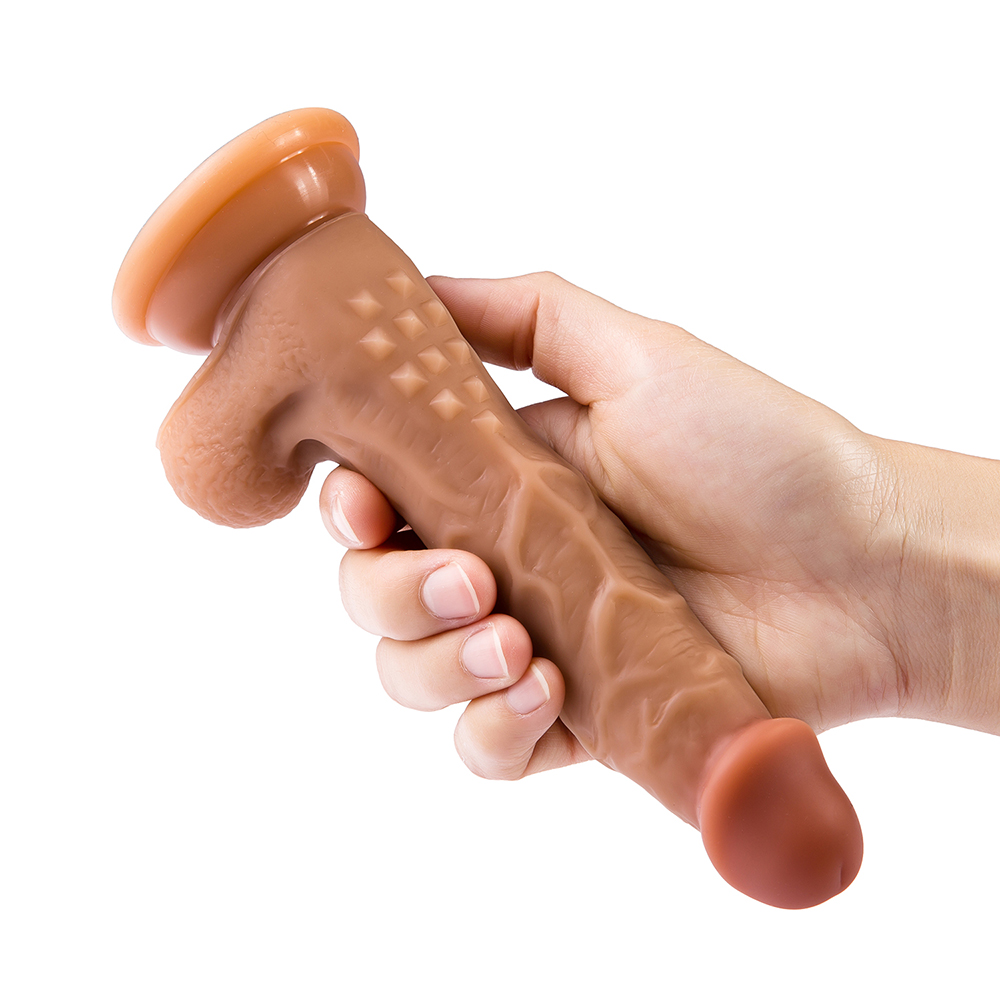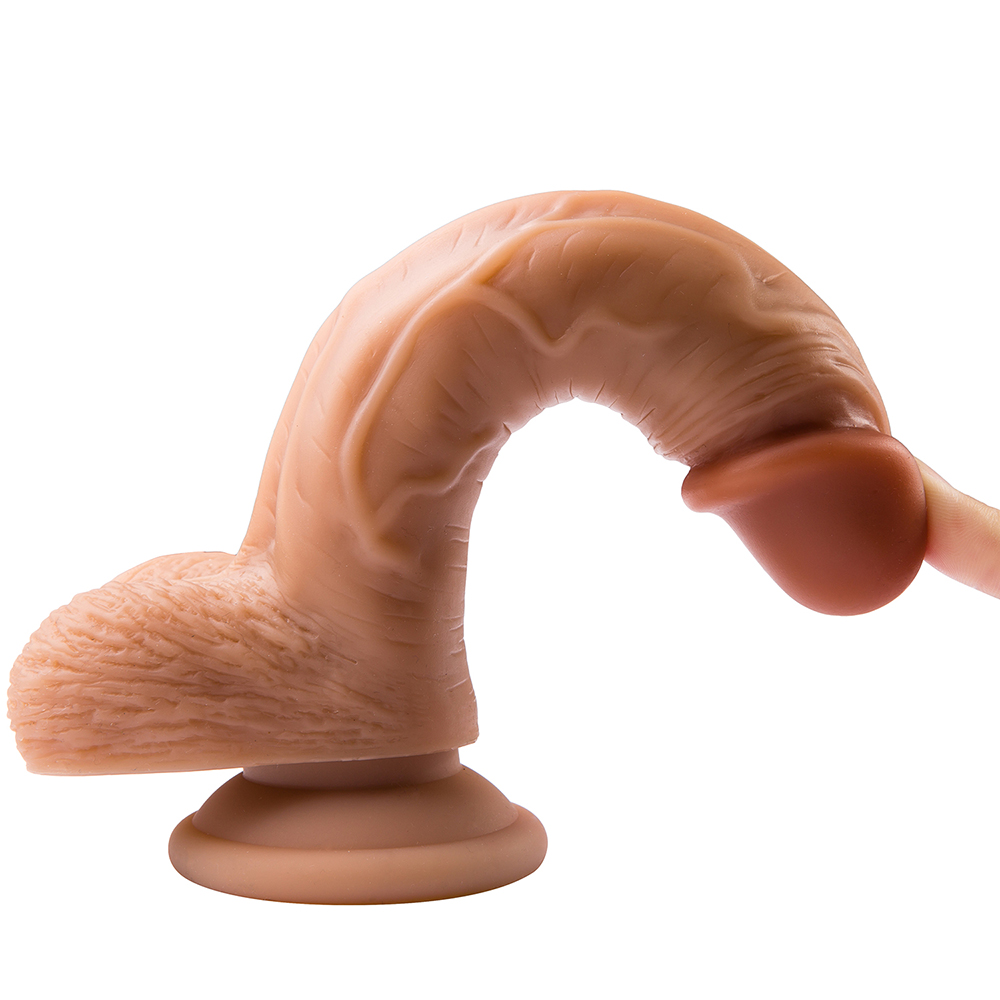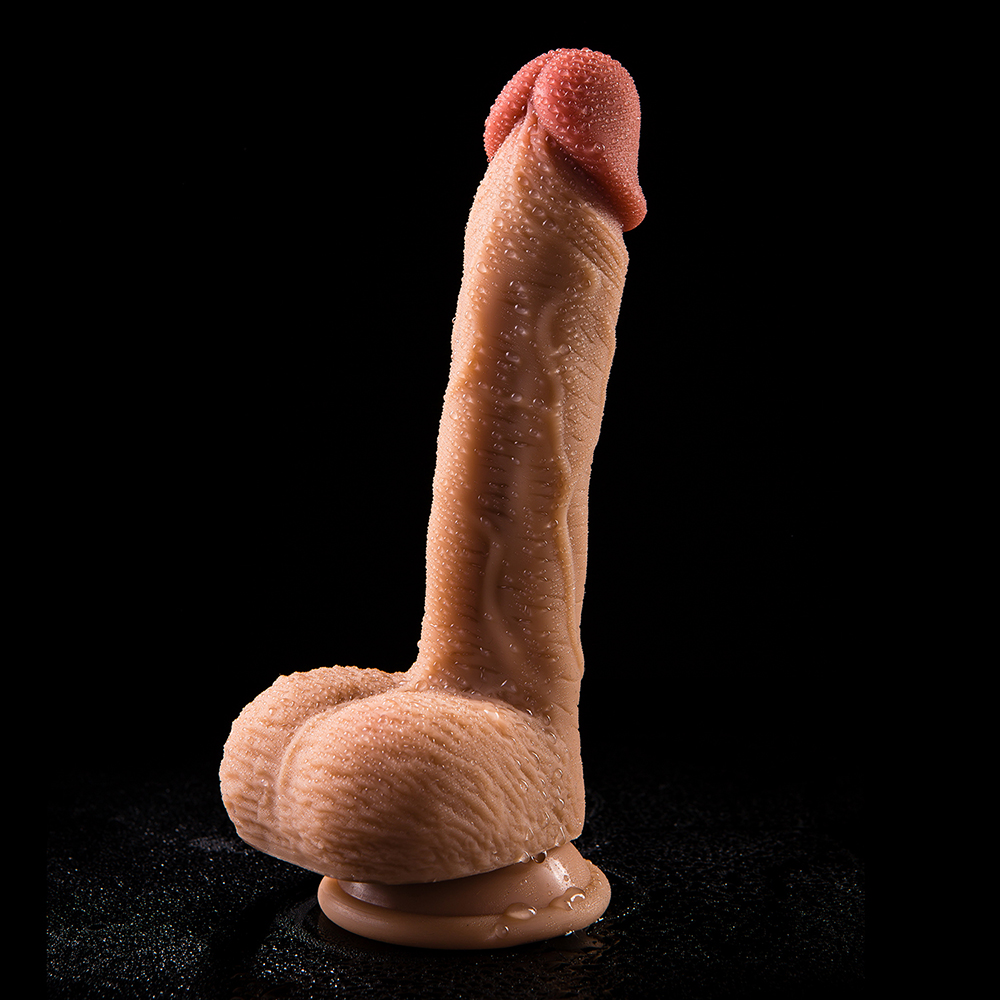In the past few years, the proportion of medical activities using robots has increased by more than 40% per year. Due to the aging of society, it is expected that the number of surgical operations will double in the next fifteen years. In 2013, the National Science Foundation of the United States issued a 15-year manufacturing transformation plan, in which the medical security robot development plan is an important part of it. Understanding the development direction of medical and security robotics in the United States is conducive to the rapid development of China in related fields.
Today, medical robots have achieved great success in surgical operations including prostate surgery and cardiac surgery. At the same time, robots are also used for trauma rehabilitation and intelligent prosthetics to help people regain lost body functions. The advent of telemedicine and assisted robotic medical technology has made it possible to provide medical care for certain difficult areas that are difficult to access, such as remote areas, disaster areas and theaters that lack professionals. Social-assisted robots are developing affordable clinics and home-based diagnostics that play a role in disease prevention, rehabilitation, and awareness of reintegration and physical body monitoring, counseling, and motivational practices. As the trend of population aging becomes more and more obvious, robotics technology is also developing towards the promotion of inhabited elderly (such as at home), delaying the occurrence of Alzheimer's disease, and easing the loneliness of the elderly through escort. In addition, robotic sensing and activity modeling methods may play a key role in improving early screening, ongoing assessment, and personalized, effective, affordable interventions and treatments. All of the above-mentioned robot development directions will play a role in maintaining and improving labor productivity, increasing the number of laborers, and gradually increasing the number of disabled people returning to work. Today, the United States has a leading position in robot-assisted surgery and social-assisted robotics for the maintenance of quality of life for special populations and the elderly, but other countries have recognized the needs and prospects of such technologies and are beginning to grow rapidly in related fields.

In order to fully evaluate the potential of robotics in the medical and healthcare fields, seminars involving experts and industry representatives in the fields of surgical robotics, restoration, transplantation and rehabilitation robots were held in the United States in the second half of 2012. All participants contributed their own opinions and insights from a professional perspective, and reached consensus on many common interests and challenges, and finally completed the roadmap revision.
Application of robotic systems in medicine and health
Currently, robots are already standard in manufacturing and other repetitive tasks. Industrial robots were originally targeted at dirty, boring and dangerous tasks, while robots in the medical and health fields were designed for completely different environments and jobs: surgical rooms, rehabilitation centers, and family homes. These environments are often unstructured and robots often need to communicate directly with human users.
Robotics has begun to have an impact on the healthcare sector. Remote robotic systems, such as the Da Vinci surgical system that has been used to perform surgical procedures, can reduce patient recovery time and ensure more reliable medical procedure execution results. As part of a computer-integrated surgical system, robots enable more precise and targeted medical interventions. There is a speculation that the transformation of surgery and interventional radiology in the process of computer and robot integration will be like the revolutionary reforms that automation technology has made in manufacturing decades ago. The tactile system, as a kind of robot technology, has been applied to the simulation training of medical personnel. Robotic systems like MIT-Manus have also successfully performed physical and occupational treatments. Rehabilitation robots can perform more intense treatments to continually adapt to patient needs. In particular, the use of rehabilitation robots has proven to be more effective than traditional methods in assisting the recovery of stroke, the leading cause of permanent disability in the United States. Robots have greater potential in the field of healing and rehabilitation. Experiments have shown that robotic systems can provide treatment supervision, guidance and incentive services to reduce or even get rid of the therapist's supervision of human health, whether the patient is in the hospital or at home for long-term treatment of chronic diseases. Such systems can not only treat mobility disorders (such as mobility disorders caused by stroke, traumatic brain injury, and other injuries), but also serve as intervention and treatment tools for social and behavioral disorders, including autism, ADHD, and others. A fairly common and growing number of child behavioural disorders.
Robotics will also play a role in basic research in the field of human health. Creating a robotic system that simulates biology is an important way to test the function of the human body and brain. In addition, robots can acquire biological system data with unprecedented precision, allowing us to quantitatively understand physical and social behavior. Finally, social interaction robots can be used in the diagnosis of human behavior research and behavioral disorders.
Robotic systems have a wide range of applications in the medical and health fields, such as the application environment (from the operating table to the home room), the number of users (from children to the elderly, from patients to healthy users, and people with physical or cognitive disabilities). ) and interactive mode (from routine surgery to rehabilitation without human involvement). Technological advances in the field of robotics have significant potential for inventing new treatments for diseases and disorders, improving standards of care, broadening service pathways, and optimizing patient health outcomes.
The ergonomic design of the penis head is very pointed which makes it very easy to insert if you are a beginner or are warming up.

The phenomenal suction cup is moderate enough to hold the dildo firm in place for a hands-free play even with a quite vigorous usage.

The dildo/penis is made from reliable material for safe usage, it is nice and flexible for the most perfect positioning to fully satisfy.

The balls of penis feel solid and realistic which is a great feature that really improves the experience to the next level.

Artificial Penis,Realistic Artificial Penis,Lifelike Artificial Penis,Silicone Artificial Penis
Dongguan Chenkuang Biological Technology Co., Ltd , https://www.cksexdoll.com